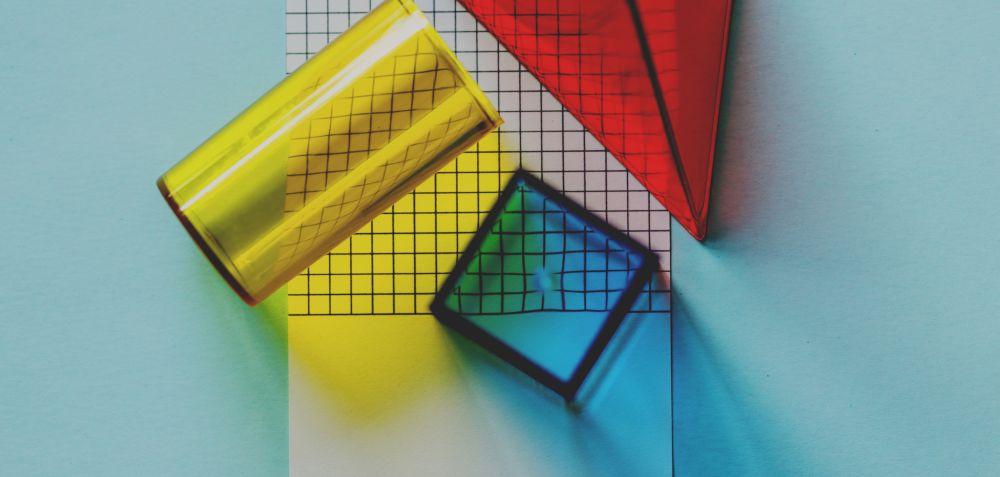Creativity means producing original and unique ideas or solutions to problems, being an essential part of the human experience, allowing us to develop innovative ways to solve problems and express ourselves. Creativity involves going beyond the standard approach and thinking outside of the box. It is often associated with abstract thinking and manifests in art, science, engineering, and leadership forms.
Creative thinking involves connecting seemingly unrelated concepts and ideas to develop solutions. It requires looking at things from multiple angles and being willing to explore new possibilities. It involves taking risks and trusting intuition.
Table of Contents
The Link Between Math and Creativity

Math is an invaluable tool for fostering creativity and enhancing problem-solving abilities. It encourages creative thinking by allowing us to explore relationships between concepts like numbers and symbols. It encourages an analytical approach that looks at things from different perspectives, identifies patterns, and develops innovative solutions.
An online maths tutor can help us understand the structure of mathematics to fuel our imagination and discover new ideas. Math encourages us to stretch beyond the boundaries of a given problem and find solutions that may not have been seen before. It also allows us to experiment with different approaches, test theories, and gain insight into how things work.
While it may not be immediately obvious that math and creativity have a strong link, math has been crucial to creative endeavors since the dawn of civilization. For example, the ancient people used geometry to build monuments and artworks. Even today, mathematics is used to develop creative works in architecture, design, music, and the visual arts.
How Math and Creativity Overlap in the Real World
Math and creativity overlap in the real world in myriad ways. From designing buildings with innovative architectural concepts to developing algorithms for digital animations, math provides the framework for creative problem-solving. Art, music, and design also incorporate mathematical concepts such as symmetry, patterns, and proportions, highlighting the inseparable relationship between math and creativity in various fields of human endeavor.
Mathematical Patterns in Nature and Art

Mathematical patterns are present in nature and art. These natural patterns are featured in the Fibonacci sequence, the golden ratio, and the Mandelbrot set throughout ecosystems. They explain the regularity and beauty of natural phenomena. For example, the Fibonacci sequence explains the arrangement of petals and leaves on plants.
In art and design, we use the underlying mathematical principles of a piece of artwork or design to develop sophisticated works that embrace these patterns. For example, artists may use Fibonacci spirals to add a sense of balance and order to their images. Likewise, architects may use the golden ratio to create aesthetically pleasing buildings.
Statistics and Probability
Statistics and probability are powerful tools for exploring data and uncovering patterns. We can analyze large datasets and determine correlations between different variables through statistics. For example, we use regression analysis to identify the relationships between income and education level factors.
The results of these analyses then inform our decisions and help us make more informed judgments. Moreover, this type of analysis predicts trends and forecasts future outcomes. Besides, mathematical modeling creates simulation models and scenarios which allow us to explore new structures.
We can also use math to develop creative theories and models. Combining math, art, and design allows us to create powerful visualizations that explain concepts. For example, mathematicians have developed mathematical models for predicting stock prices and analyzing trends in the market. Likewise, designers use mathematical formulas to create stunning visuals that capture the essence of a product or idea.
Applying Math to Music
Music has roots in mathematics, and its theory explains or understands musical structures. Music composition and playing have a mathematical basis. It’s built on symmetrical patterns of notes, scales, intervals between notes, chords, harmonies, rhythms, and tempo.
These elements relate to mathematics using fractions, ratios, and proportions. For example, fractions determine a note’s length relative to a regular pulse rate (beat). At the same time, harmonic progressions are based on numerical relationships that form geometric shapes found in nature.
Math and creativity have a surprising bond that has unraveled throughout the centuries. Mathematical ideas are the foundation of numerous creative works, from paintings to sculptures, music, literature, and architecture.
Final Thoughts
The overlap of math and creativity in the real world is undeniable. Math is the foundation for human development, creative problem-solving, innovation, and design in architecture, animation, art, music, and more. Math is a standalone subject and an integral part of human creativity and ingenuity. Embracing the intersection of math and creativity can inspire new ideas, unlock novel solutions, and lead to advancements that shape our world.
So, let’s encourage the integration of math and creativity in education and beyond, fostering a holistic approach to learning that embraces the human mind’s logical and imaginative aspects.
Read: How to Raise an Aspiring Entrepreneur at a Young Age?













